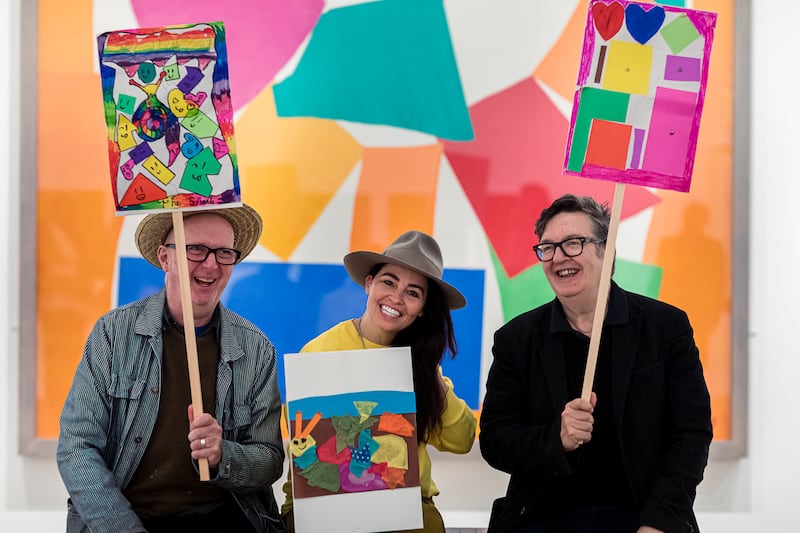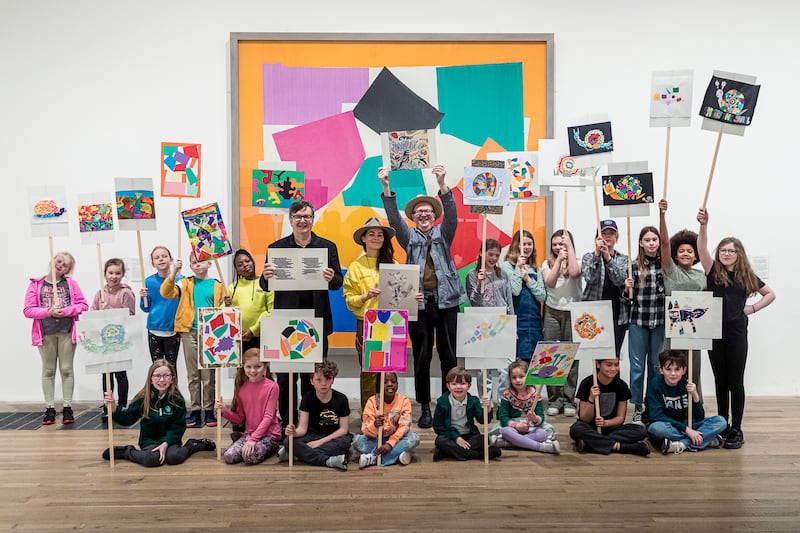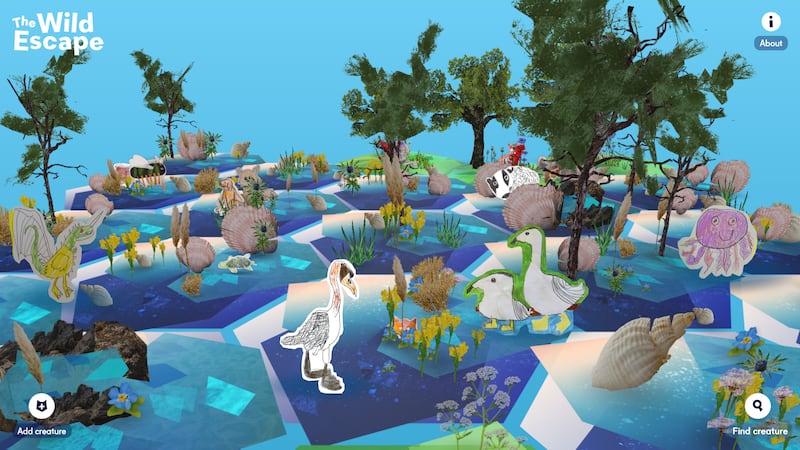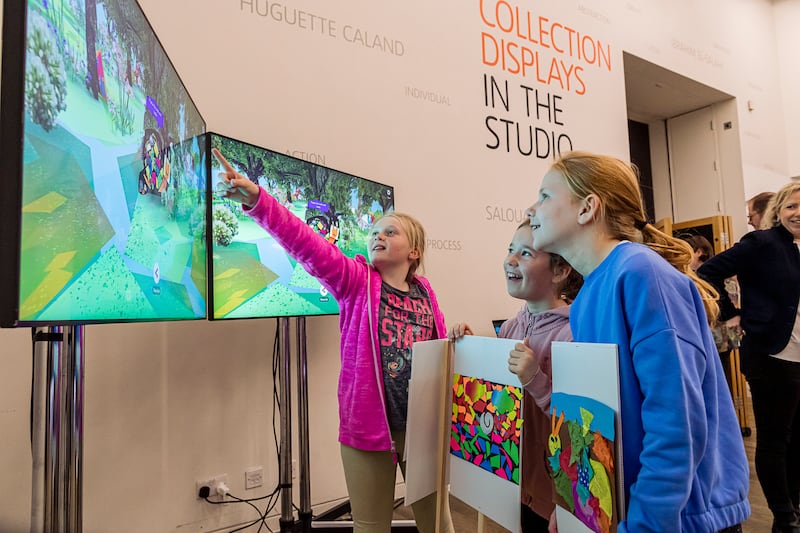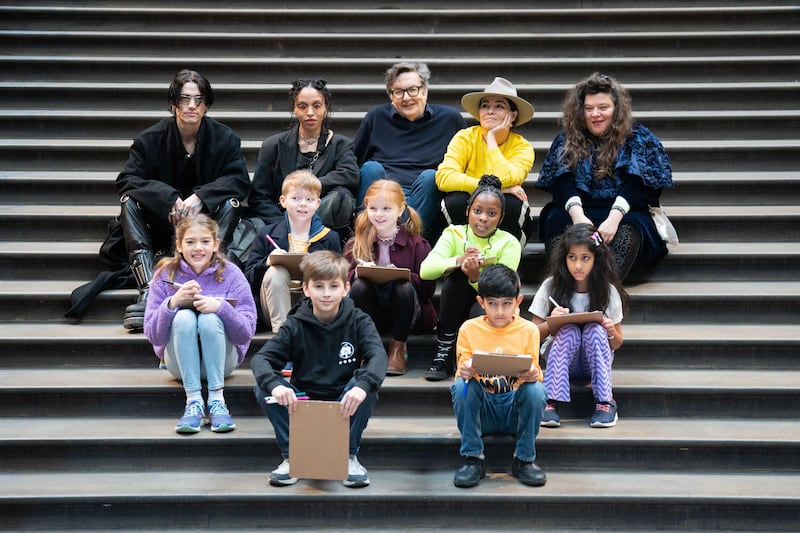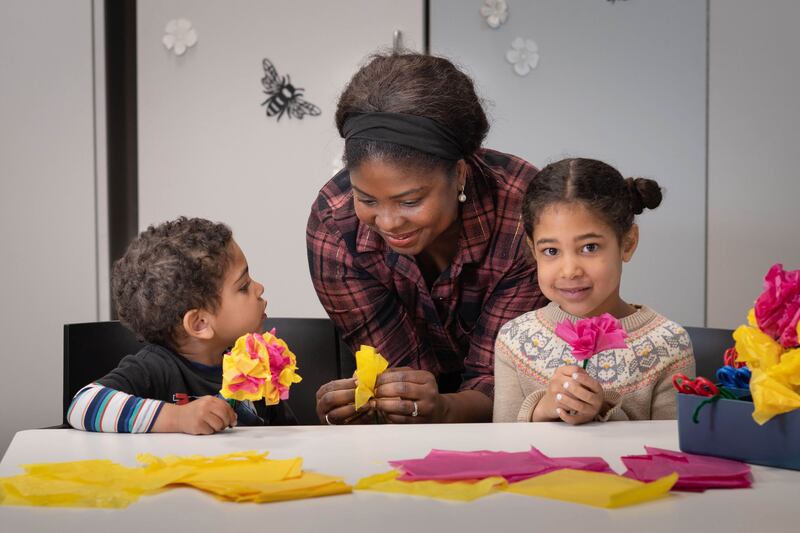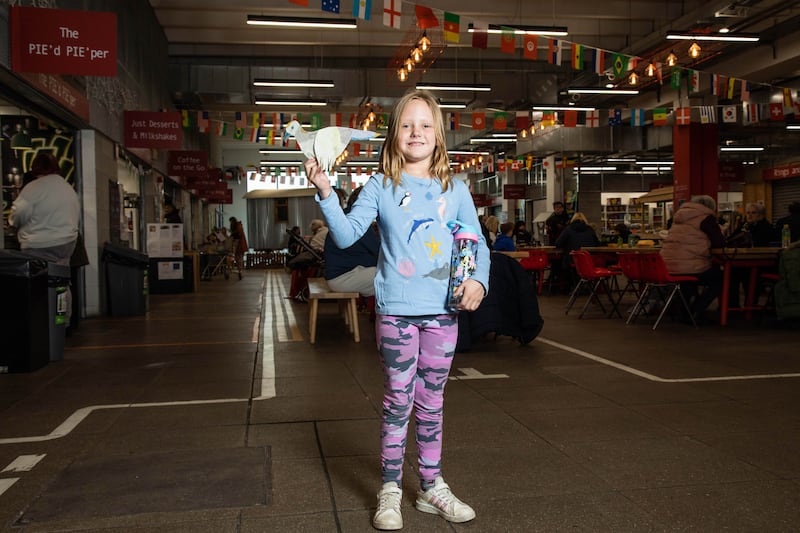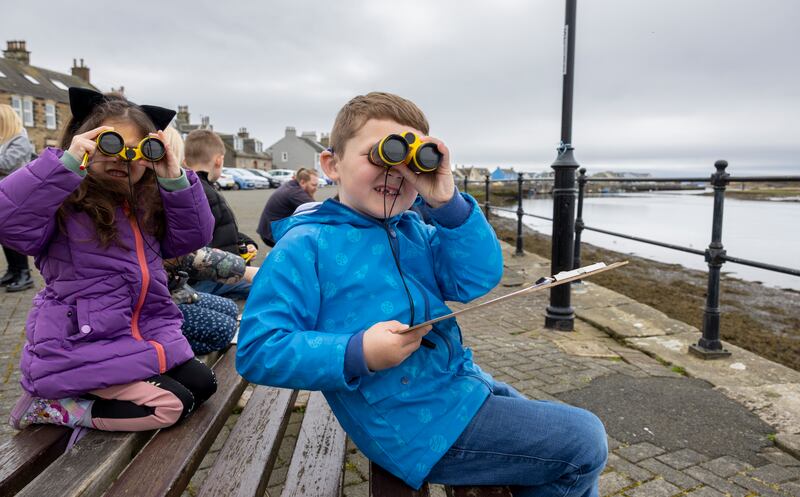Thousands of children from across the UK will come together to create the biggest ever digital artwork for Earth Day on Saturday, April 22, using animals featured in museum collections as their creative stimulus.
The project is part of The Wild Escape, a collaboration between Art Fund, WWF, the RSPB, English Heritage and the National Trust, which involves 524 of the country's museums.
The Wild Escape aims to highlight the biodiversity loss facing the UK and is one of the largest museum projects ever funded by Arts Council England.
Jenny Waldman, director of Art Fund, told The National: “The Wild Escape is the largest ever collaboration between the UK’s museums, culminating on Earth Day.
“It aims to inspire hundreds of thousands of children to visit museums and respond creatively to the threat to the UK’s natural environment and biodiversity by looking for animals featured in museum collections and creating their own wildlife artworks.”
Art Fund has commissioned an epic-scale digital landscape from Bafta-winning games studio Preloaded.
The landscape features children's images of animals and is the largest artwork ever to be made with children. Children can add their animal images to the landscape by logging on to thewildescape.org.uk and sharing their images with the world. The picture will be completed by June 2023.
Leading British artists have joined the initiative, including Rana Begum, Elizabeth Butterworth, Monster Chetwynd, Jeremy Deller, Es Devlin, Andy Holden, Lindsey Mendick, Heather Phillipson, Thomas J Price, Mollie Ray, Tai Shani, Yinka Shonibare, Bob and Roberta Smith, FKA Twigs, and Mark Wallinger. Each artist has contributed their own interpretations of animals in museum collections.
Artist and stage designer Es Devlin said: “We are losing species, we are losing the habitat in which the species can live. It's an emergency.”
Devlin said she began thinking about London and non-human Londoners, of which there are 15,000 species, and became interested in the most endangered of those species. She spent four months, 18 hours a day, just observing and drawing them. “I drew them … just to learn about them in a quite humble way,” she said.
One of the species she picked out was the phoenix fly, which she spent many hours drawing from various photographs and footage.
Devlin mentions an extraordinary book called Micrographia, in which the fly had been drawn in 1665 by Sir Christopher Wren and Robert Hooke.
The artist hopes to encourage children to go to museums and help them understand the importance of the biosphere. “All that we need is a lens, a door,” she said. Through The Wild Escape, she is aiming to provide that door.
The project will culminate in a series of Wild Escape family events that will take place in museums across England, Scotland, Wales and Northern Ireland over the Earth Day weekend.
Events will include nature trails, wild flower plantings, curated museum tours, artist-led activities, animal sculpture, puppet workshops, animal art demonstrations and parades, storytelling and bird watching, all inspired by museum collections.
Families can also visit the National Trust's 500-plus properties to find inspiration. Visitors can use the houses and buildings, gardens and grounds, open spaces and countryside, and extensive collections to find animals inside and outside, to help them create their animal art.
Jenny Waldman, Director of Art Fund, said: “The Wild Escape is a real demonstration of the power of our museums to work together for the benefit of their communities. Beyond the bricks and mortar of buildings, The Wild Escape sheds new light on the stories told by our world famous collections, and shows how relevant and vital these stories are. Never has there been a more important time for all of us to campaign for and protect our precious wildlife.”
The Wild Escape is funded through Unlocking Collections, a Time Limited Priority within National Lottery Project Grants, aimed at enabling museums to develop their collections-based work and increase public engagement with, and use of, their collections. The £890,000 ($1.1 million) award for the project is the largest ever museums Project Grant award and will enable Arts Council funding to benefit numerous museums in England.
Artist Bob and Roberta Smith said: “I am so glad to be involved in the Wild Escape. I grew up in North Yorkshire where many of these animals, now under threat, were part of my childhood. I believe children can become advocates for our natural world via the arts. The Art Fund’s work to encourage these encounters through museums is so important.”
The Wild Escape is inspired by BBC One's TV series Wild Isles, which celebrates the wonders of British wildlife, presented by Sir David Attenborough and co-produced by the RSPB, WWF, and the Open University.
Art Fund said: “The UK is in the top 10 per cent of the most nature depleted countries in the world: a quarter of all our mammals are at risk of extinction; over the last 50 years we’ve lost 38 million birds from our skies; 97 per cent of our wild flower meadows have disappeared since the 1930s; and 92 per cent of the UK’s seagrass meadows, which can absorb carbon more efficiently than tropical rainforests, have been lost in the last century.”
